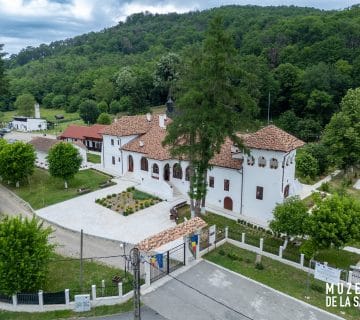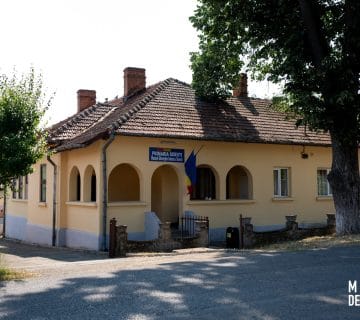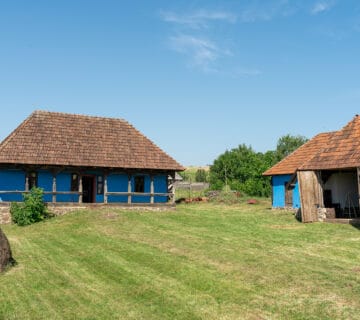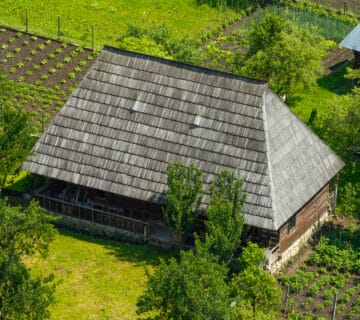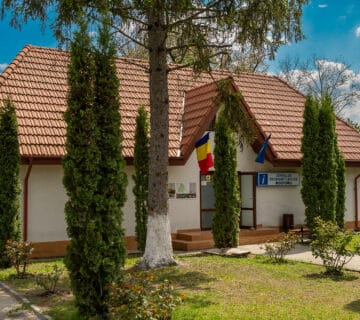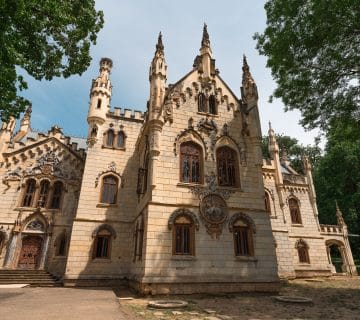CONSTANTIN BRÂNCUȘI MUSEUM HOUSE
Located in the picturesque village of Hobița, Peștișani commune, Gorj County, the Constantin Brâncuși Museum House is a key cultural landmark in Oltenia and across Romania. This 19th-century traditional household faithfully recreates the rural environment where Constantin Brâncuși (1876–1957), one of the most influential artists of the 20th century and a pioneer of modern sculpture, spent his childhood. Born into a large peasant family, Brâncuși learned woodworking and rural craftsmanship from an early age. His independent spirit emerged in childhood—he left home to work as an apprentice in Târgu Jiu, studied at the School of Arts and Crafts in Craiova, later at the School of Fine Arts in Bucharest, and in 1904 embarked on foot to Paris, where he became a defining figure of modern art.
Transformed into a memorial museum in 1971, the house offers visitors a glimpse into the rural setting that shaped Brâncuși’s personality and artistic vision. The exhibition features period objects, rare photographs, and documents depicting the life of Hobița’s community, highlighting the deep connection between Gorj’s folk traditions and Brâncuși’s universal modernism. As Brâncuși himself famously said: “When you are no longer a child, you are already dead” – a reflection of the simplicity, freedom, and strong bond with his roots that defined both his life and groundbreaking art.
LOCATION
Hobița village, Gorj County
Google Maps
Interactive 3D Virtual Tour
To explore this virtual tour in detail, please use the navigation tools located in the bottom left corner, and the “Help” button in the bottom right corner will open a detailed navigation guide.
Interactive 3D Virtual Tour
Presentation video
For more videos, we invite you to subscribe for free to our YouTube channel.


















